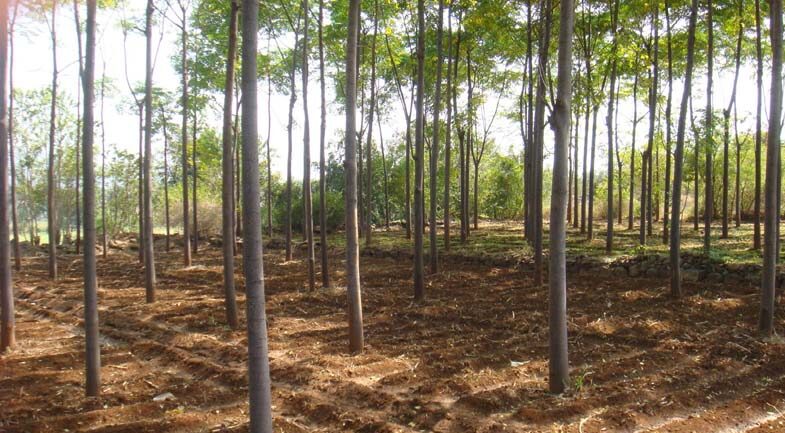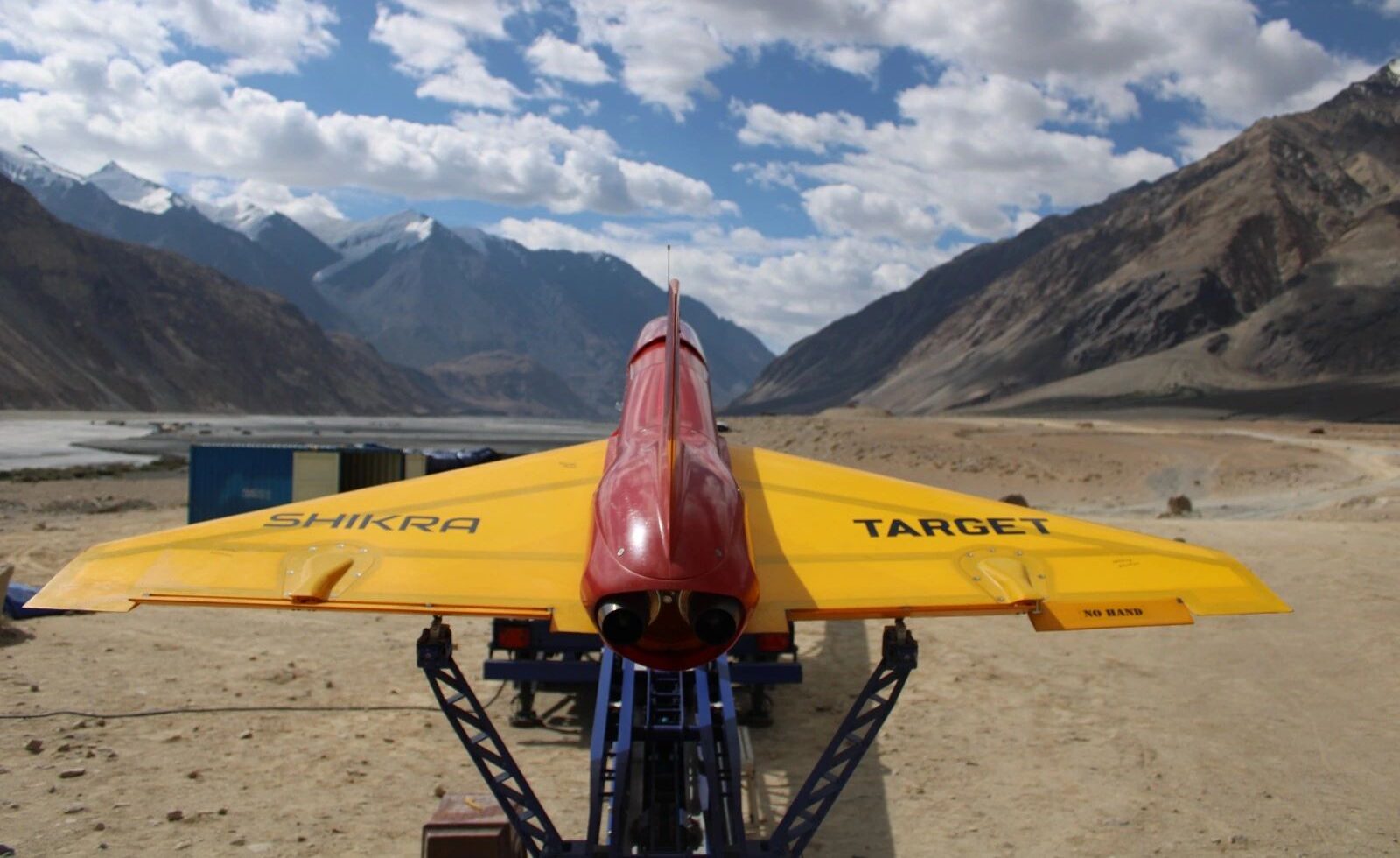In a time when many educated individuals are turning to agriculture for sustainable livelihoods, Malabar Neem (Melia Dubia) farming is emerging as a promising, low-maintenance, and cost-effective business opportunity — especially for small farmers and rural youth seeking long-term returns on minimal investment.
What Is Malabar Neem and Why It Matters?
Malabar Neem, native to South Asia, is not your regular neem tree. It grows rapidly — reaching 40 feet in just two years — and is primarily valued for its high-quality timber. The wood is extensively used in matchstick production, pencil making, packing materials, and even furniture manufacturing, thanks to its termite-resistant and fast-drying properties.
Can It Be Done with Limited Capital?
Absolutely — and here’s how:
1. Land Requirements Are Flexible
- The trees thrive in all types of soil and require very little water.
- They can be grown on the boundaries (medh) of farmland alongside other crops, which means no need to buy or lease extra land.
- An average of 5,000 saplings can be planted in 4 acres, including both field and boundary areas.
2. Minimal Inputs Needed
- Malabar Neem doesn’t demand expensive fertilizers or pesticides.
- Saplings can be bought for ₹10–₹20 per plant.
- The only significant cost involves initial land preparation and sapling plantation, which can be done for under ₹1 lakh on small plots.
- Maintenance is limited to occasional watering and basic weed control, making labor costs low.
3. High Yield Over Time
- Within 5 years, the tree yields wood suitable for plywood and match industries.
- In 8 years, the same trees can be harvested for furniture-grade wood.
- Each mature tree can yield 1.5–2 tons of wood, fetching ₹500 per quintal, meaning ₹6,000–₹7,000 per tree in revenue.
- From 4 acres, total earnings can reach around ₹50 lakh, but this is spread over several years.
States Already Benefiting
Karnataka, Tamil Nadu, Kerala, and Andhra Pradesh farmers have already embraced this model on a large scale, especially in areas with water scarcity.
Realistic Expectations
Contrary to click baity headlines, the business model is about gradual growth and not instant wealth, where profits depend on:
- Climatic conditions
- Local timber market prices
- Sapling survival rate (which can be >90% with basic care)
Who Should Consider This?
- Small landholders looking to diversify income
- Farmers seeking long-term passive returns
- Youth and startups in agroforestry
- Eco-conscious entrepreneurs aiming for sustainable timber production
No Shortcuts To Riches
Malabar Neem cultivation is no shortcut to riches, but a feasible, long-term agri-business with low input and expandable potential. Provided the proper advice and wait, it can be a sure income source for anyone who wants to invest small now, and reap big afterwards.
Also Read: How to Start a Profitable Makhana (Fox Nut) Business in India!

























